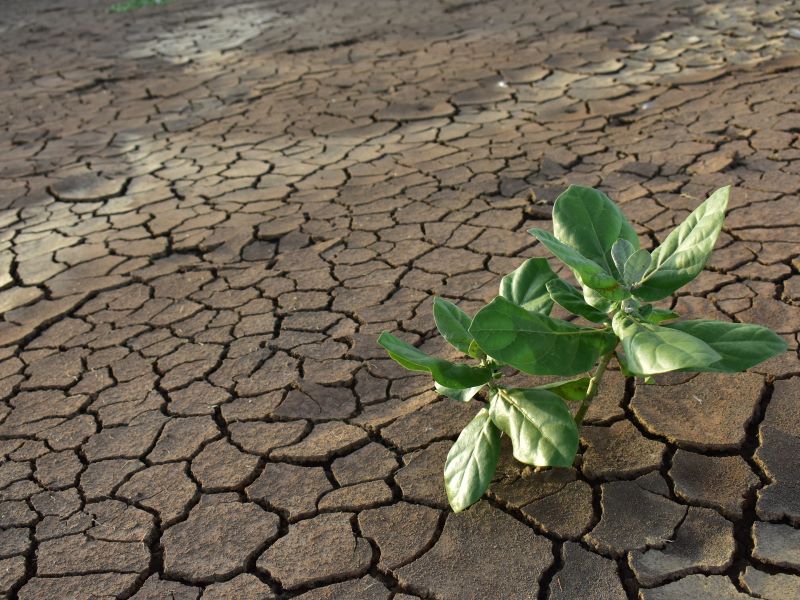Building Back Better: Resilience
Contents |
[edit] Introduction
In its work to provide resources for the construction sector, BREEAM has created the online briefing hub, ‘Building Back Better with BREEAM: Supporting the green recovery’. The hub gathers a collection of briefing papers that reflect BREEAM’s position on important issues.
[edit] Resilience
The BREEAM vision for a fair and appropriate built environment is one that demonstrates social sensitivity in a manner that benefits long-term economic growth, wellbeing, resilience and inclusion. To reflect this vision, BREEAM has published a briefing paper, 'Encouraging resilient assets using BREEAM'.
The paper identifies resilience as something more than just surviving events that may cause physical damage or create business disruptions. It is defined as ‘the capacity of built assets and infrastructure to endure acute shocks and chronic stresses while successfully adapting to long-term changes’.
BREEAM Director Shamir Ghumra stresses the significance of resilience during times of turmoil, saying; “...instilling resilience in response to physical, social and transition risks is becoming a priority, as part of a risk management mechanism that can protect people, property and the planet.”
[edit] The Four Rs of resilience
The briefing paper outlines a vision for a built environment in which resilience is integrated into assets that are sustainable, and beneficial to the environment and to the health and wellbeing of those who use them. It can be demonstrated through four key features, arranged in the order in which they are being incorporated into the BREEAM family of standards:
- Resistance. Preventing damage or disruption by providing the strength or protection to resist the hazard or its primary impact.
- Reliability. Designing assets or systems to operate under a range of set conditions in order to mitigate damage or loss from an event.
- Redundancy. Making available backup installations or spare capacity to enable operations to be switched or diverted to alternative parts of the system in the event of disruption to ensure continuity of service.
- Response and recovery. Enabling a fast and effective response to, and recovery from, disruptive events.
[edit] Future thinking
BREEAM intends to continue its work integrating resilience across its standards and supporting a whole life performance approach for projects. The goal is to ensure resilience can be achieved across life cycles by linking the design, construction and performance of the completed project and the use of the asset once it is occupied.
BREEAM also hopes to identify Key Performance Indicators (KPIs) that will support and demonstrate how resilience is achieved through application. For instance, incorporating measures combating natural hazards and reducing the probability of flooding in high risk areas.
Find out more at: https://files.bregroup.com/breeam/BREEAM_Resilience_BRE_115440.pdf
[edit] Related articles on Designing Buildings Wiki
- BRE articles on Designing Buildings Wiki.
- BREEAM Designing for durability and resilience.
- BREEAM In-Use Version 6 environmental standard launched by BRE.
- BREEAM: The Next Generation.
- BREEAM USA In-Use Version 6.
- Building Back Better: Circularity and BREEAM.
- Building Back Better: Health.
- Building Back Better: Net zero carbon and BREEAM.
- Building Back Better: Social impact.
- Building back better with BREEAM.
- Building flood resilience.
- Managing and responding to disaster.
- Property flood resilience.
- Resilience.
- Risk management.
[edit] External resources
Featured articles and news
Infrastructure that connect the physical and digital domains.
Harnessing robotics and AI in challenging environments
The key to nuclear decommissioning and fusion engineering.
BSRIA announces Lisa Ashworth as new CEO
Tasked with furthering BSRIA’s impressive growth ambitions.
Public buildings get half a million energy efficiency boost
£557 million to switch to cleaner heating and save on energy.
CIOB launches pre-election manifesto
Outlining potential future policies for the next government.
Grenfell Tower Inquiry announcement
Phase 2 hearings come to a close and the final report due in September.
Progress from Parts L, F and O: A whitepaper, one year on.
A replicated study to understand the opinion of practitioners.
ECA announces new president 2024
Electrical engineer and business leader Stuart Smith.
A distinct type of countryside that should be celebrated.
Should Part O be extended to existing buildings?
EAC brands heatwave adaptation a missed opportunity.
Definition of Statutory in workplace and facilities management
Established by IWFM, BESA, CIBSE and BSRIA.
Tackling the transition from traditional heating systems
59% lack the necessary information and confidence to switch.
The general election and the construction industry
As PM, Rishi Sunak announces July 4 date for an election.
Eco apprenticeships continue help grow green workforce
A year after being recognised at the King's coronation.
Permitted development rights for agricultural buildings
The changes coming into effect as of May 21, 2024.























